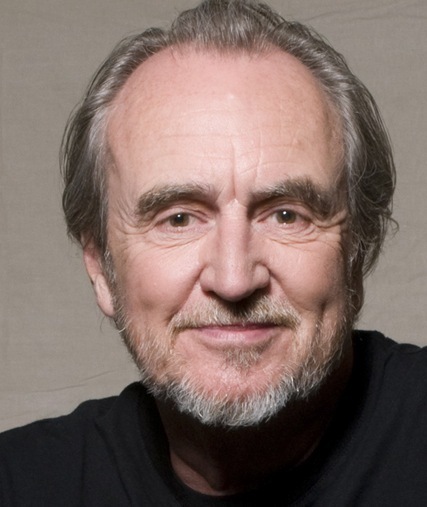
When I was a kid I wasn’t allowed to watch horror movies. This was because I grew up in a strict, religious household. My father wouldn’t let me watch anything above a PG rating. Of course I’d sneak a peek if we happened to go to a drive-in. I remember one time we went to see “101 Dalmatians” and the classic horror movie “Alien” was playing across the way. Being the slightly mischievous child I was, I watched the spooky, tense space movie instead of the animated puppies that I was supposed to watch.
Of course, “Alien” frightened me and I wound up having nightmares, such as the creature from the film chasing me down an endless series of corridors. Even so, it intrigued me. I became a horror fan at the tender age of 7.
As I grew up during the late 70s and early-to-mid 80s the “slasher” sub-genre emerged, with movies such as “Halloween” (1978), “Friday the 13th” (1980) and “A Nightmare on Elm Street” (1984). Though I enjoyed all three films, “A Nightmare on Elm Street” stuck with me, mostly due to its villain, Freddy Krueger.
With Krueger, writer/director Wes Craven created an instantly memorable bad guy. For once, here was someone who could kill you in your sleep. Nothing was safe anymore, especially not your dreams. Krueger scared the hell out of me, but he also captured and held my attention. With his quips and one-liners, Krueger was almost likable in a weird way.
With “Nightmare,” Craven proved to me that he could masterfully provide thrills to any audience. Although he enjoyed minor successes following “Nightmare,” his pièce de résistance was 1996’s “Scream.” It still remains one of my favorite horror films.
For better or worse, “Scream” single-handedly revived the horror genre. With stellar writing by Kevin Williamson and outstanding directing by Craven, the movie established itself as an instant classic. Williamson and Craven created a memorable villain with “Ghostface,” a haunting figure based partly on “The Scream,” a famous work of art by Norwegian painter Edvard Munch.
The reason “Scream” worked so well is that, while it provided lots of scares and thrills, it didn’t take itself too seriously. Add to that the fact the movie has spawned three sequels so far, not to mention a new TV series, and that equals a successful franchise. I enjoyed all four movies, as I think they represent Craven at the height of his talent.
This is not to downplay Craven’s other works. The “Nightmare” franchise also found success, spawning a plethora of sequels culminating in Craven’s own “New Nightmare.” He also enjoyed minor success with “People Under the Stairs” and “Red Eye.”
Although Craven earned fame by directing, he was more prolific as a screenwriter, producing 39 screenplays. Those screenplays include remakes of his first films, such as “The Last House on the Left” and “The Hills Have Eyes.” These films, among his other works, proved Craven’s most enduring quality: his writing is always clever, interesting and downright scary. He knows what to do to get you to jump.
When I learned of his death, a profound sense of sadness overtook me. Craven’s movies helped define my childhood, and kept me entertained through my young adult years. Even as an adult, I’m still amazed by the genius of his work. He had an uncanny ability to scare me, despite the fact that I readily devoured just about anything related to horror: Stephen King books, paranormal movies, jump scares, Halloween, you name it.
I’m certain there are other fans of Wes Craven’s works saddened by his passing. In the end, I will remember him as the man who made nightmares cool.



